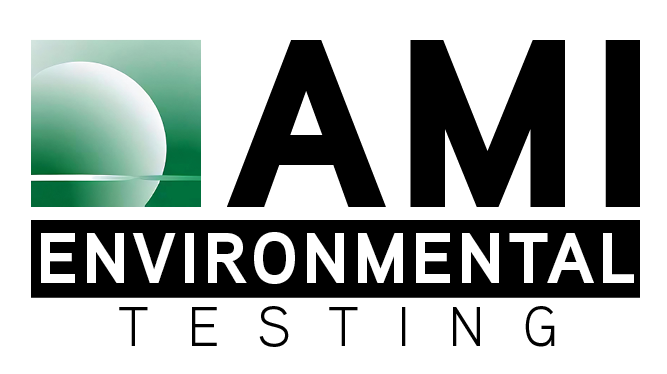
A significant danger in the workplace today is welding fumes. Welding exposure is so common that up to two percent of the world’s population in industrialized nations have been affected in some way. Exposure to welding fumes can have debilitating effects on the human body for many years and has the capability of causing serious long-term effects. Proper procedures need to be implemented and monitored in order to make sure that employees do not fall victim to life threatening illnesses. As an employer, it is your responsibility to make sure employees are protected against hazardous conditions in the workplace.
Why are welding fumes so dangerous?
Welding fumes include a variety of dangerous elements, each of which can affect different parts and systems in the body in varying ways. Every chemical compound found in these fumes comes with its own hazards to the human body. Nickel and chromium are considered to be occupational carcinogens, and manganese has been linked to Parkinson’s disease. Cadmium can be fatal when inhaled, whether it’s over time or in short spurts. The amount of time that it would take for the chemical’s fatal effects to set in depends on two factors: the amount time spent around the fumes and the concentration of the fumes being inhaled.
Why is it important to limit exposure to welding fumes?
It is imperative to monitor and limit employee exposure to welding fumes because of the serious safety and liability risks they pose. The chemicals found in welding fumes can have serious, harmful effects on employees that can affect them in the long-term, and even hinder their ability to engage in daily activities. For example, many diseases and ailments, including Parkinson’s Disease, lung cancer, ulcers, heart and kidney issues, can result from workers inhaling welding fumes, most notably if they are not properly protected while working. Other notable chemicals include Beryllium, which can can cause chemical pneumonia that leads to significant weight loss, fatigue and weakness, and Fluorides, which have been linked to osteosclerosis (reduction in bone density). Because every chemical compound has a different Permissible Exposure Limit, one must assume that even minimal exposure to fumes can have damaging effects on the human body.
What precautions do employers need to take to keep workers safe?
There are many precautions employers can to utilize when it comes to employee’s safety and welding fumes. The easiest way to keep your employees safe is to simply monitor employees and the fumes they are working around. By monitoring these factors, you are not only protecting the health of your employees, but also showing that you care about the safety of your employees and protecting yourself from possible liability lawsuits. Additionally, it is essential that all employees who work around welding fumes have the proper ventilation and protection equipment. According to OSHA standard 1910.252 (10), “welding and cutting with materials that contain zinc, lead, beryllium, cadmium and mercury, should only be performed using local exhaust ventilation and airline respirators unless atmospheric tests under the most adverse conditions have established that the worker’s exposure is within the acceptable concentrations”. Luckily, making sure that employees are adequately protected from welding fumes is not only good for workers, it’s also good business sense; employers who encourage safe work practices should see higher productivity, and as a result, a more profitable bottom line.
How can AMI Environmental protect employees and the reputation of business?
At AMI Environmental, our main goal is to assist businesses and create a safe working environment, while adhering to government regulations. With decades of experience, our Industrial Hygiene Professionals’ purpose is to help our clients not only protect workers but also manage risk. Once we’ve done our job, enjoy the peace of mind that comes with knowing your employees will be protected from harm. AMI will work to establish and maintain a safe work environment, including surveying your facility for risks; provide testing within your facility; maintain testing protocol; and assist in the recording process. If you have any questions or concerns, please contact Dan Taylor at [email protected].



